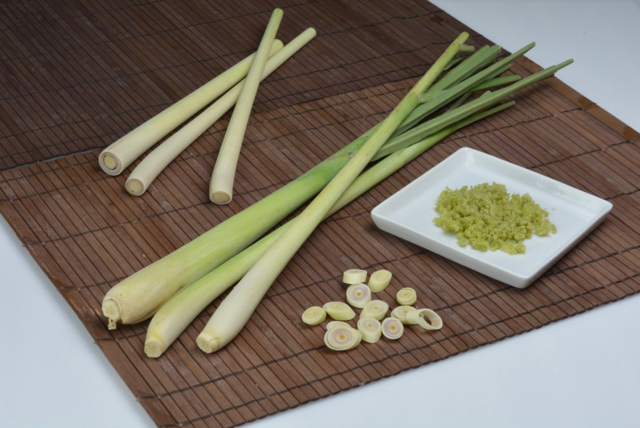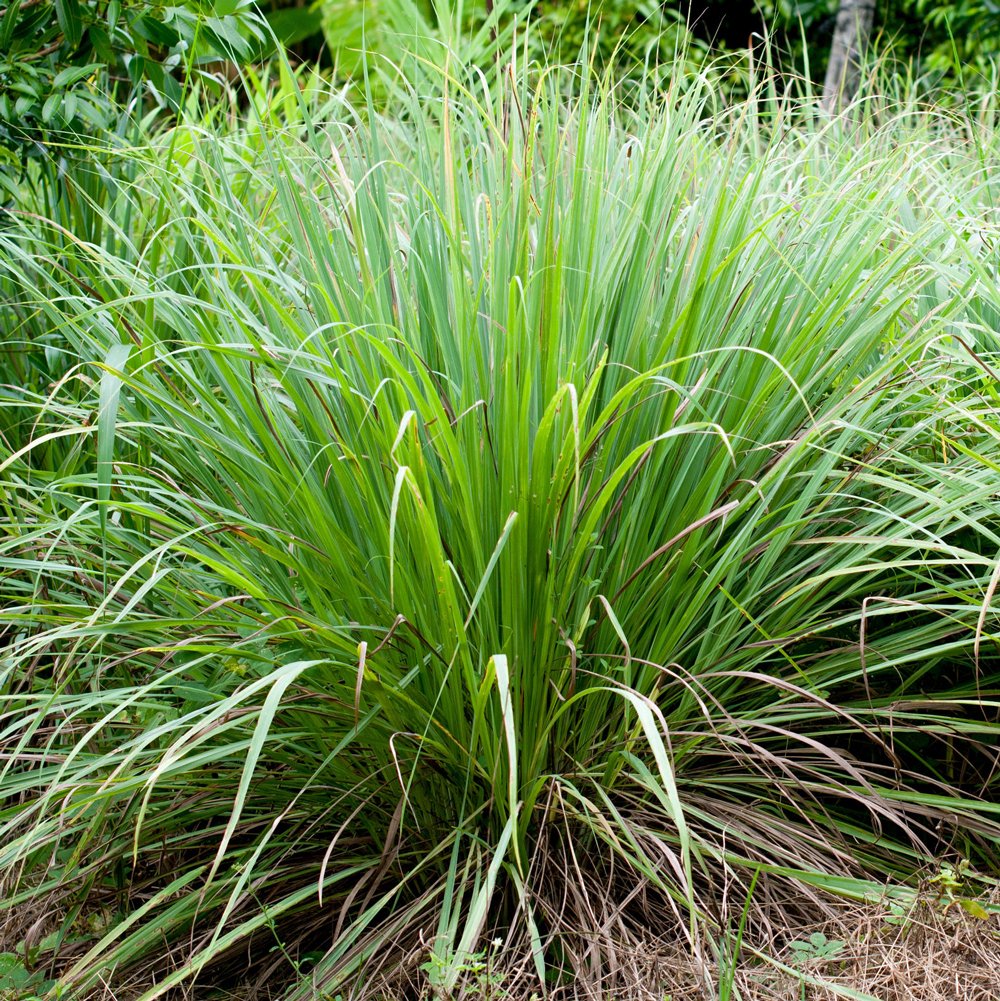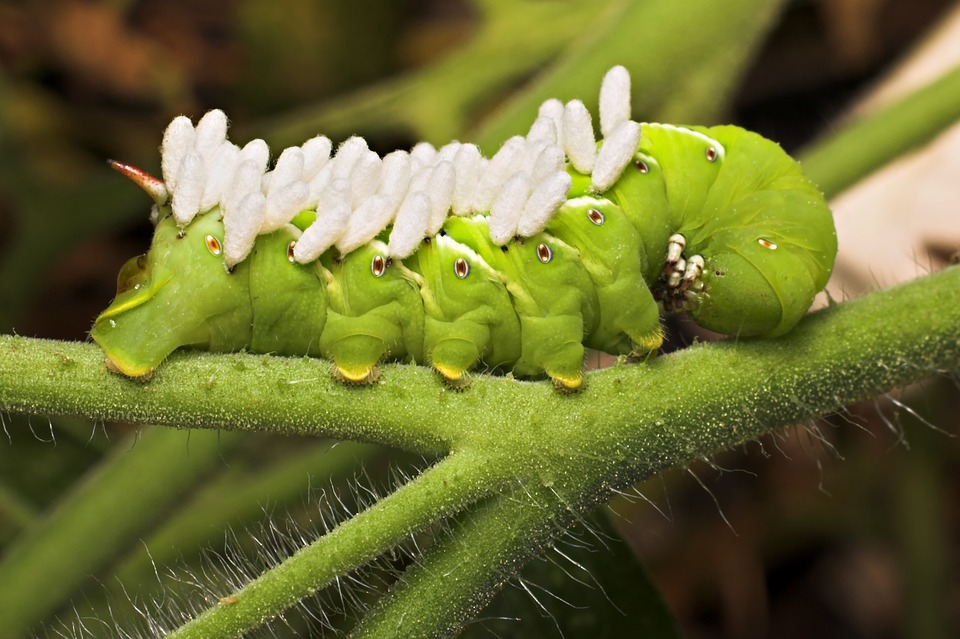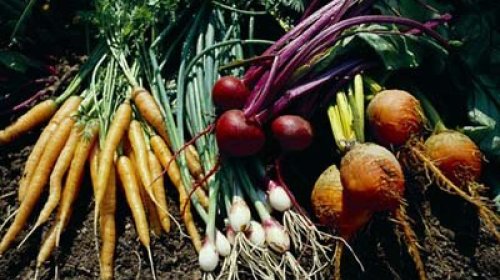Lemongrass (Cymbopogon citratus), also called citronella is a plant with rhizomes belonging to the Poaceae family (grasses) forming shrubby clumps. Very cold, lemongrass does not withstand temperatures below 0°C (32°F). Lemongrass is composed of large linear leaves of a beautiful light green color, giving off a strong and refreshing lemon scent. In this article, we show you how to grow lemongrass organically in the garden or in pots.
How to Plant Lemongrass
Lemongrass appreciates sandy, rich, cool, and fairly moist soil. A warm and sunny exposure is essential for its growth. Planting lemongrass is ideally done in spring; in open ground only in warm and temperate regions. It is advisable to grow in pots for easy indoor storage in places with very cold winters.
Choose pots with a minimum capacity of 10 liters; for abundant and renewed vegetation, the root system must be well developed. This is why the harvest will always be greater in open areas in regions with mild winters. Add about a third of river sand to your potting soil, and spread a layer of gravel at the bottom of the pot. Lemongrass thrives in moisture but not in standing water. To grow lemongrass in the garden or orchard, choose a site that receives year-round sun, is not flooded and is protected from wind and possible winter frosts.
Reproduction of Lemongrass by Cuttings

Getting a cutting is simple. Remove the dried parts of a few freshly harvested stems and soak the bases in a glass of water. Store the glass away from direct sunlight to encourage rooting. When roots are sufficient, plant the cuttings in pots—once planted in soil, place in direct sunlight.
Lemongrass Care Tips
Water sufficiently during the summer, and be sure to remove all wilted leaves so that the lemongrass will get stronger and stronger and grow new leaves.
As winter approaches, for outdoor plants, cut the stems and cover them with a layer of dead leaves; the lemongrass will grow back next spring. In winter, you should reduce watering thoroughly.
There is no need to worry about lemongrass pests or diseases because it is a very resistant plant. Thanks to its aroma, it repels many insects that attack other plants, so it is good to grow lemongrass next to the garden or orchard plants.
Lemongrass Harvest
Harvesting is done in summer, as soon as the need arises. We start harvesting after 3 years so that the lemongrass has had time to establish itself. When autumn arrives, we stop harvesting leaves, the lemongrass must have abundant foliage to withstand the winter period.
The leaves are harvested with a sharp object. To gather a whole stem, do not cut too close to the roots so that the plant can make new shoots.
Additional Information on Lemongrass

The young leaves can be harvested throughout the year as needed and are generally used as a condiment, especially by Thai or Vietnamese cooks: only the tender base of this fragrant rush is used. It can be used to flavor a tea or directly as an infusion with digestive properties. We also take advantage of its strong perfume to repel mosquitoes that tend to invade us during the summer, either by planting it near garden furniture or by using it as an essential oil.
Be careful not to confuse it with lemon balm, lemon thyme, mugwort, or lemon verbena.
Family: Poaceae
Type: perennial
Origin: Malaysia, South India
Color: green leaves
Sowing: no
Pruning: yes
Planting: Spring
Flowering: no
Height: up to 1.50m
Do you have any other tips in growing lemongrass? We want to hear from you; remember to share your tips in the comments below.




1 thought on “Growing Your Own Lemongrass”